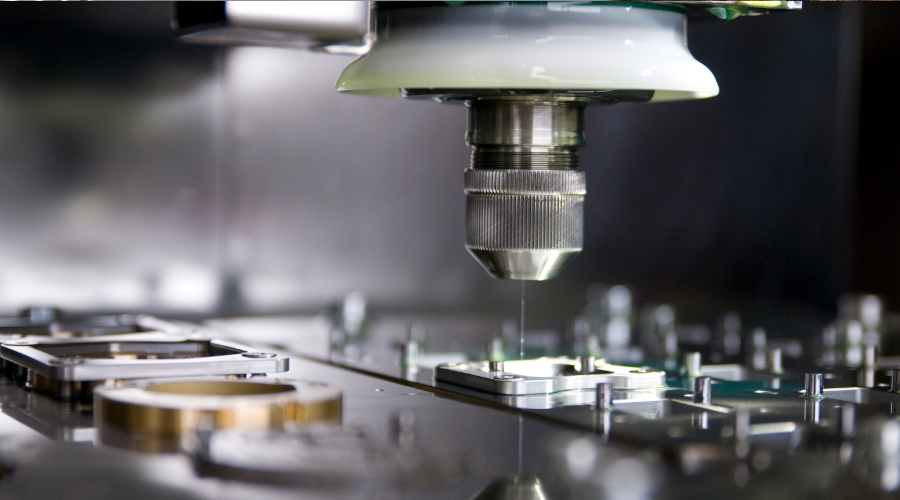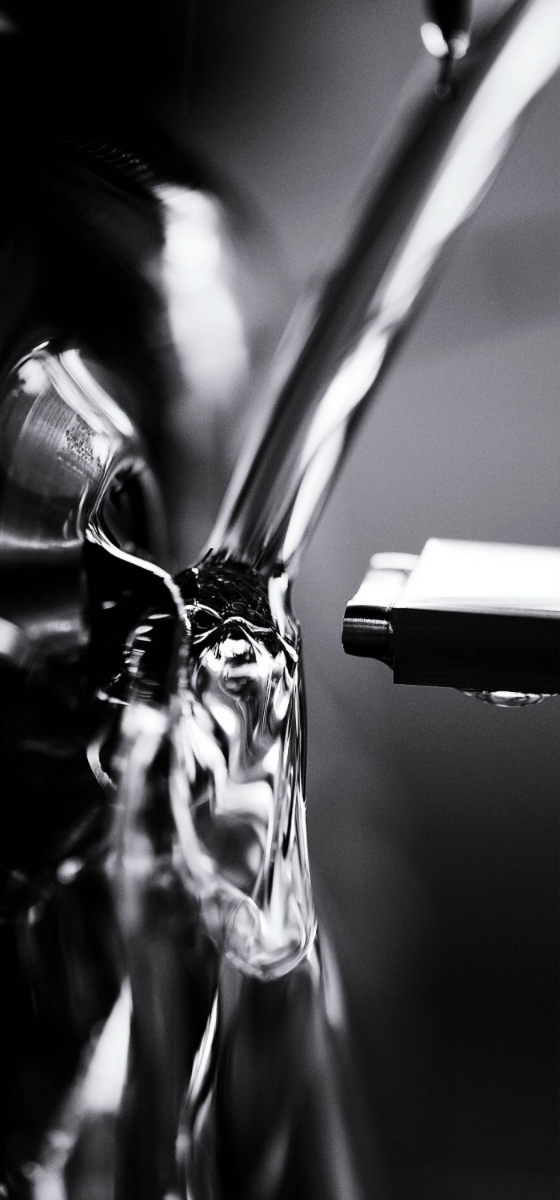Q&A
What makes a good micro-machinist?
Anyone wishing to train as a micro-machinist should have manual dexterity and the technical knowledge required for high-precision work, where components are manufactured to micrometric tolerances. They must have an interest in machining processes and programming. Additional requirements are patience, perseverance, the capacity to read and understand technical drawings, and good spatial visualisation.
What does a micro-machinist do?
A micro-machinist operates machines to manufacture components, generally in small production runs. They are responsible for the quality of the parts made and for the maintenance of the machines they use.
What are the different types of machine?
Micro-machinists can operate conventional machinery, where tools are controlled using levers, buttons and wheels, or a computer numerical control (CNC) machine which the micro-machinist programmes to cut, shape and machine all types of component to specifications. CNC machining is a rapid and highly automated process. Instructions are usually generated by CAD/CAM (computer-aided design / computer-aided manufacturing). These instructions, or CNC programmes, control how the CNC machine moves and interacts with the raw material to fabricate components to the exact required dimensions.



